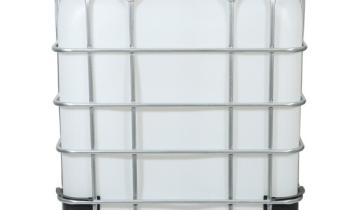Most of the emulsions for architectural coatings are non-crosslinked thermoplastic emulsions. It is usually classified according to its monomer composition. The main varieties are:
(1) Vinyl acetate-ethylene copolymer emulsion (VAE emulsion);
(2) Vinyl acetate-tert-vinyl carbonate copolymer emulsion (tertiary vinegar emulsion);
(3) Vinyl acetate-acrylate copolymer emulsion (acetate emulsion, ethylene propylene emulsion);
(4) Pure acrylate copolymer emulsion (pure acrylic emulsion);
(5) Styrene-acrylate copolymer emulsion (styrene acrylate emulsion);
(6) Silicone-acrylate copolymer emulsion (acrylic emulsion);
(7) Fluorocarbon emulsion.
In addition to thermoplastic emulsions, room temperature cross-linked emulsions have also appeared in recent years, such as pure propylene self-crosslinking emulsions containing cross-linked monomer N-hydroxymethacrylamide, room-temperature cross-linked emulsions crosslinked by metal ions, and "escape" room-temperature cross-linked emulsions crosslinked with water evaporation. In many emulsion varieties, the polymerization method is different, resulting in different emulsion properties, in addition to the general dropwise polymerization process, there are soap-free emulsion polymerization, interpenetrating network emulsion polymerization, core-shell emulsion polymerization, etc. The more commonly used are styrene acrylic emulsion, pure propylene emulsion, ethylene propylene emulsion, silicon acrylic emulsion, etc.






